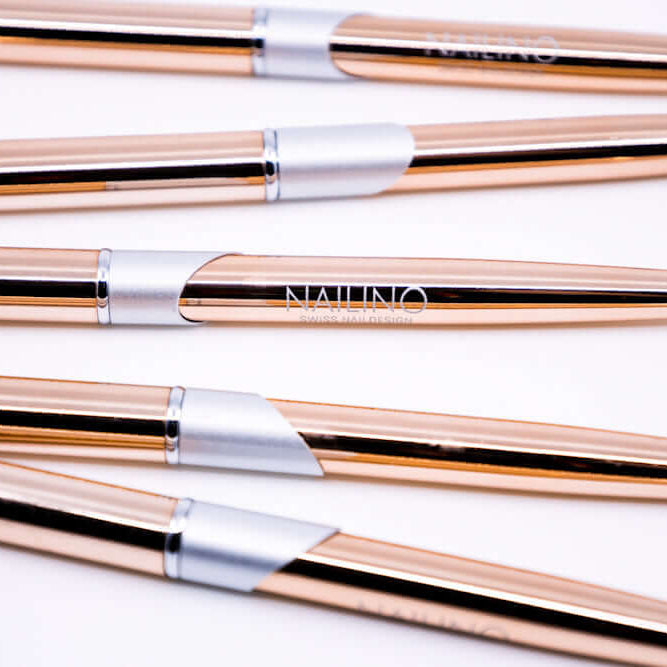When it comes to nail extensions, there are essentially two options: gel or acrylic. Both methods have pros and cons and it can be difficult to decide which is best for you. In this blog post, we will explore the differences between gel and acrylic to help you decide.
Gel
Gel is a thick, sticky substance that is applied to the nail and cured under a UV lamp. There are different types of gels that can be used for different purposes such as: B. building, strengthening or lengthening nails.
Advantages of gel:
- Gel nails are more flexible and softer than acrylic nails, making them more comfortable to wear.
- Gel nails have a more natural look and are shinier than acrylic nails.
- Gel nails are durable and can last for several weeks.
Disadvantages of gel:
-
Gel nails are more difficult to remove than acrylic nails.
-
Gel nails require special UV lamps to cure, which may incur additional costs.
-
Gel nails are more prone to scratches and wear and tear than acrylic nails.
Acrylic
Acrylic is a mixture of liquid monomer and powder that is applied to the nail and then cured. Acrylic nails are durable and can be designed in different shapes and colors.
Advantages of acrylic:
- Acrylic nails are durable and resistant to scratches and wear.
- Acrylic nails are easier to remove than gel nails.
- Acrylic nails can be designed in different shapes and colors.
Disadvantages of acrylic:
- Acrylic nails can be stiff and hard, making them more uncomfortable to wear.
- Acrylic nails can emit unpleasant odors when curing.
- Acrylic nails are more prone to yellowing than gel nails.
Conclusion:
Ultimately, the choice between gel and acrylic comes down to personal preference. If you want a more natural look and flexible nails, gel nails may be the best option for you. However, if you want long-lasting and more resilient nails, acrylic nails may be a better choice.











